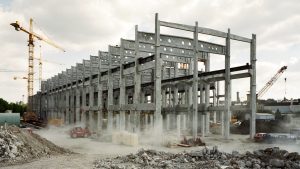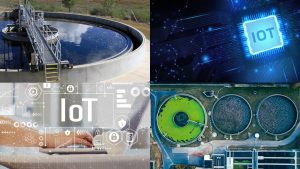The media and the internet are on a rampage, posting about the huge crisis Malaysia is currently facing in reticulating water in some areas of the country. According to the reports, scheduled and unscheduled water disruptions are occurring all over the country. As per global water industry experts and the United Nations (UN), Malaysia has to prepare to face a mega water crisis by 2030 if it keeps failing to battle these challenges.
In today’s article, we focus on the water crisis in Malaysia, the stem of this problem, and what can be done to prevent this situation with a technological approach.
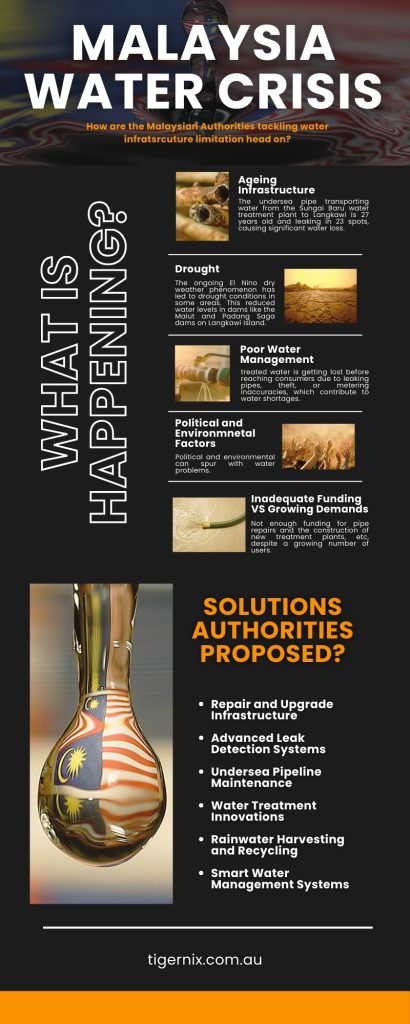
We will understand
- Malaysian Water Crisis Overview
- Revealing the Culprits Behind Malaysia’s Water Crisis
- Answering Malaysia’s Water Crisis with a Technological Approach
- Repair and Upgrade Infrastructure
- Advanced Leak Detection Systems
- Undersea Pipeline Maintenance
- Water Treatment Innovations
- Rainwater Harvesting and Recycling
- Smart Water Management Systems
4. Creating an Uninterrupted Water Supply in Malaysia via Modern Tech
Malaysian Water Crisis Overview
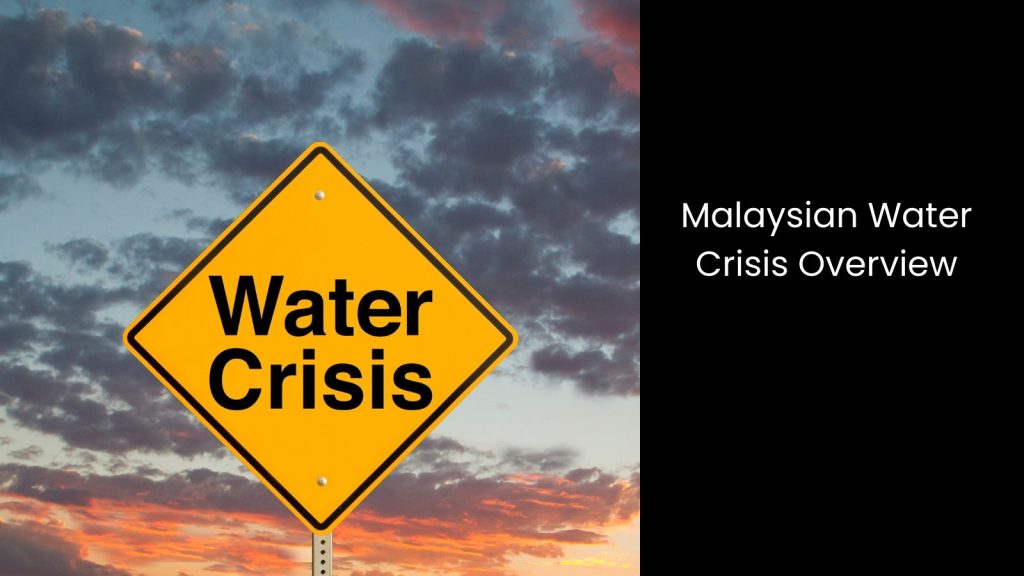
First, let us give you a 360-degree view of this issue.
- Reports of Malaysia grappling with a persistent water crisis in Langkawi are circling on the internet nowadays. This particular area has been facing severe disruptions since January 2024.
- The island’s 27-year-old undersea pipe leaks in 23 spots, losing half its water daily. Also, there are droughts exacerbated by El Nino-strain water levels at key dams, affecting 30,000 residents.
- The issue extends beyond Langkawi, affecting states like Kelantan and Selangor when it comes to water supply to the general public.
- This situation has another face where political tensions occur and obstruct federal-state cooperation, complicating solutions.
- But above every other reason identified by Malaysia, the main culprits are known as the ageing infrastructure, high non-revenue water (NRW) rates, and insufficient tariffs.
- According to the experts, the time has come for Malaysia to find innovative solutions for them with a technological approach.
Revealing the Culprits Behind Malaysia's Water Crisis
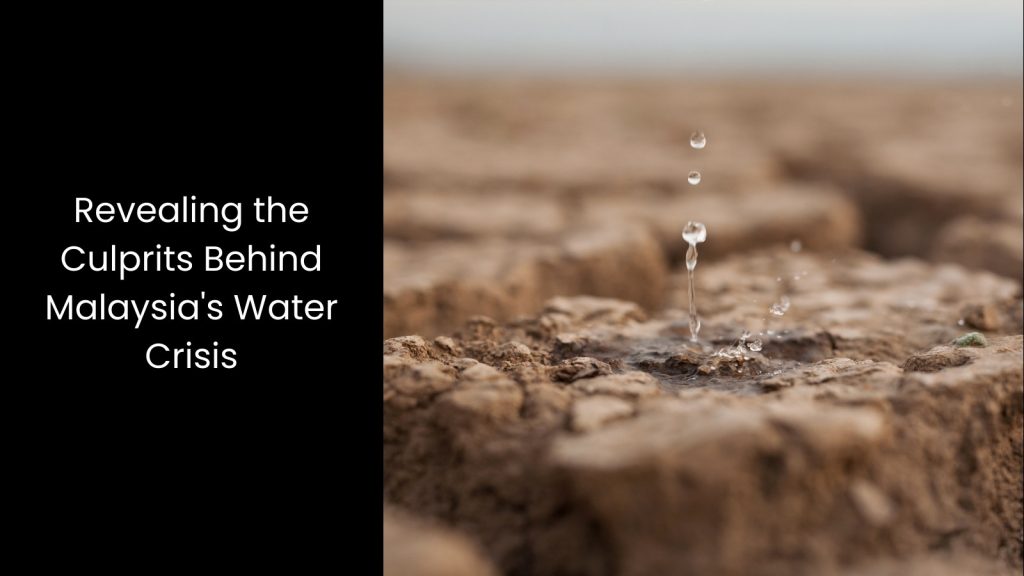
Answering Malaysia's Water Crisis with a Technological Approach
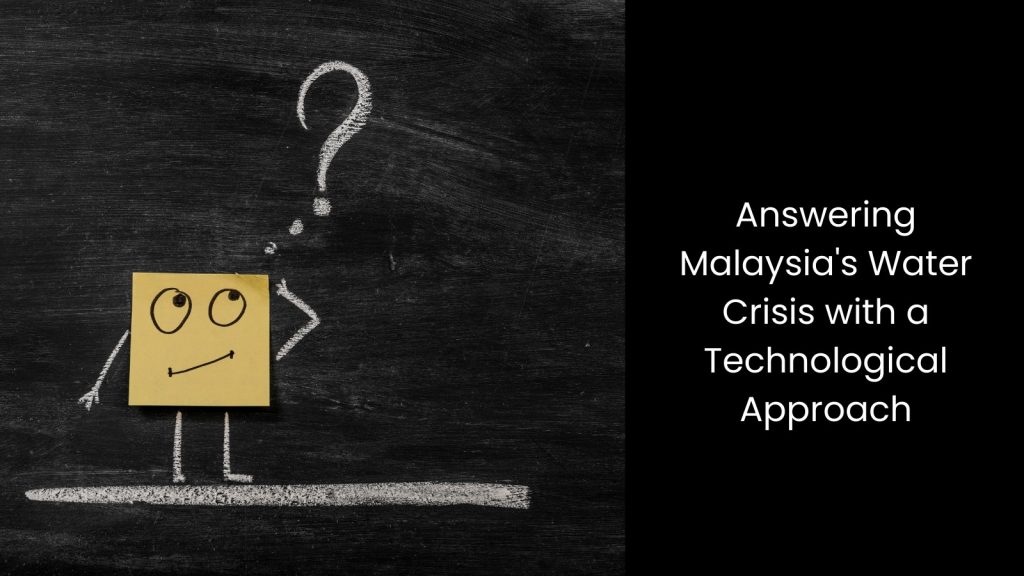
Repair and Upgrade Infrastructure
Investing in repairing and upgrading ageing water infrastructure is known to be one of the main ways to address Malaysia’s water crisis technologically.
It will not be easy to do this without the employment of proper technology. utilising a comprehensive software solution powered by sensors, IoT (Internet of Things), and AI (Artificial Intelligence) can significantly enhance infrastructure management.
It would work like this: This software can continuously monitor the condition of pipelines, dams, and treatment plants in real-time. In one way, sensors installed along pipelines can detect leaks or damage promptly. In another way, IoT devices can collect data on water flow rates, pressure levels, and quality parameters.
Eventually, AI algorithms can analyse this data to predict potential failures or areas needing maintenance. This will surely allow proactive repairs and upgrades.
As you can see, it is not just one technology. It is a fusion of technologies that gives the best answer to this critical situation. It will also be monumental for the authorities if they employ CCTV cameras to provide visual inspections of infrastructure integrity.
Advanced Leak Detection Systems
Unprecedented water leaks have always been an inconvenience to authorities and the public alike in Malaysia, thus, it is important to implement advanced leak detection systems as well.
This involves utilising sensors and remote monitoring technologies to detect leaks in real-time along water pipelines. If they utilise a comprehensive software solution, they will be able to facilitate this process by integrating data from sensors, analysing patterns, and providing alerts for potential leaks.
As it provides continuous monitoring and analysis, the software can efficiently identify and locate leaks. This will permit prompt maintenance actions to minimise water loss.
So, yes, it is indeed a proactive strategy that ensures the sustainability of water resources and enhances the efficiency of Malaysia’s water supply infrastructure.
Undersea Pipeline Maintenance
How can Malaysia ensure the safety of its undersea pipeline network?
The only answer is regular maintenance. But this is not that easy, as it costs millions of dollars when done manually.
This is where specialised technologies like robotic inspection tools and corrosion-resistant materials to prevent leaks come in. Those tools will ensure efficient water transport from mainland sources to islands such as Langkawi.
Integrating predictive analytics software can enhance this process by analysing historical data, pipeline conditions, and environmental factors to predict potential maintenance needs.
Water Treatment Innovations
If Malaysia can invest in advanced water treatment technologies like state-of-the-art filtration, purification, and desalination methods, the quality of water supplied to residents can significantly improve. Not to mention, they will lessen the reliance on filtration systems in homes and hotels.
In order to do this, incorporating technologies like predictive analytics would be the best method. It goes without saying that it enhances this approach by analysing water quality data, detecting contaminants, and forecasting treatment needs.
With predictive analytics, authorities can easily optimise treatment processes, mitigate risks, and ensure the consistent delivery of clean and safe water to communities.
Rainwater Harvesting and Recycling
Promoting national-level rainwater harvesting and wastewater recycling systems is another proposed method as already proposed by Langkawi Business Association. This will take away the weight from traditional sources, reducing reliance on centralised supply systems.
On the other hand, it will be a wise strategy to incentivise homeowners and businesses to install rainwater collection and wastewater recycling infrastructure.
If they can implement proper wastewater management software, it will help this strategy by optimising treatment and reuse processes. Such software can monitor water quality, manage storage, and predict maintenance needs, ensuring efficient utilisation of recycled water for non-potable purposes.
Since the software suite comes out with data analysis functionality with the help of sensors and IoT devices, the software maximises the effectiveness of rainwater harvesting and recycling initiatives nationwide.
This comprehensive approach not only eases pressure on existing supplies but also backs up sustainable water management practices.
Smart Water Management Systems
A smart water management system is an end-to-end solution for the Malaysian water crisis. Why would we say that?
Usually, these systems work with sensors, data analytics, and automation to optimise distribution, minimise losses, and enhance efficiency. As it can deploy IoT-enabled devices, such as smart metres and leak detection sensors, water usage can be monitored in real-time, leaks can be swiftly detected, and infrastructure can be remotely controlled.
However, to fully leverage the potential of smart water management, a comprehensive software solution powered by Industry 4.0 capabilities, AI, IoT, and satellite technology must be implemented.
An industry 4.0-powered water management system will not only become an outstanding answer to the present situation, but it will also help Malaysia walk on a greener path.
Creating an Uninterrupted Water Supply in Malaysia via Modern Tech
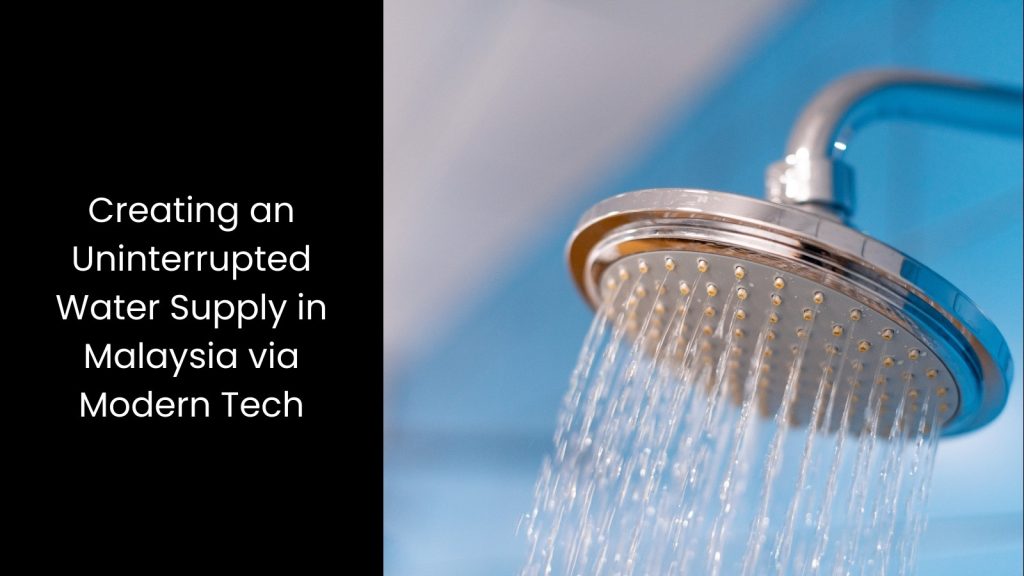
As you can see, Malaysia’s water crisis is certainly problematic and challenging, but it can be solved if the right strategies are implemented. However, Malaysia needs to collaborate with a reputed technological partner who has experience in the water industry when solving this puzzle.



